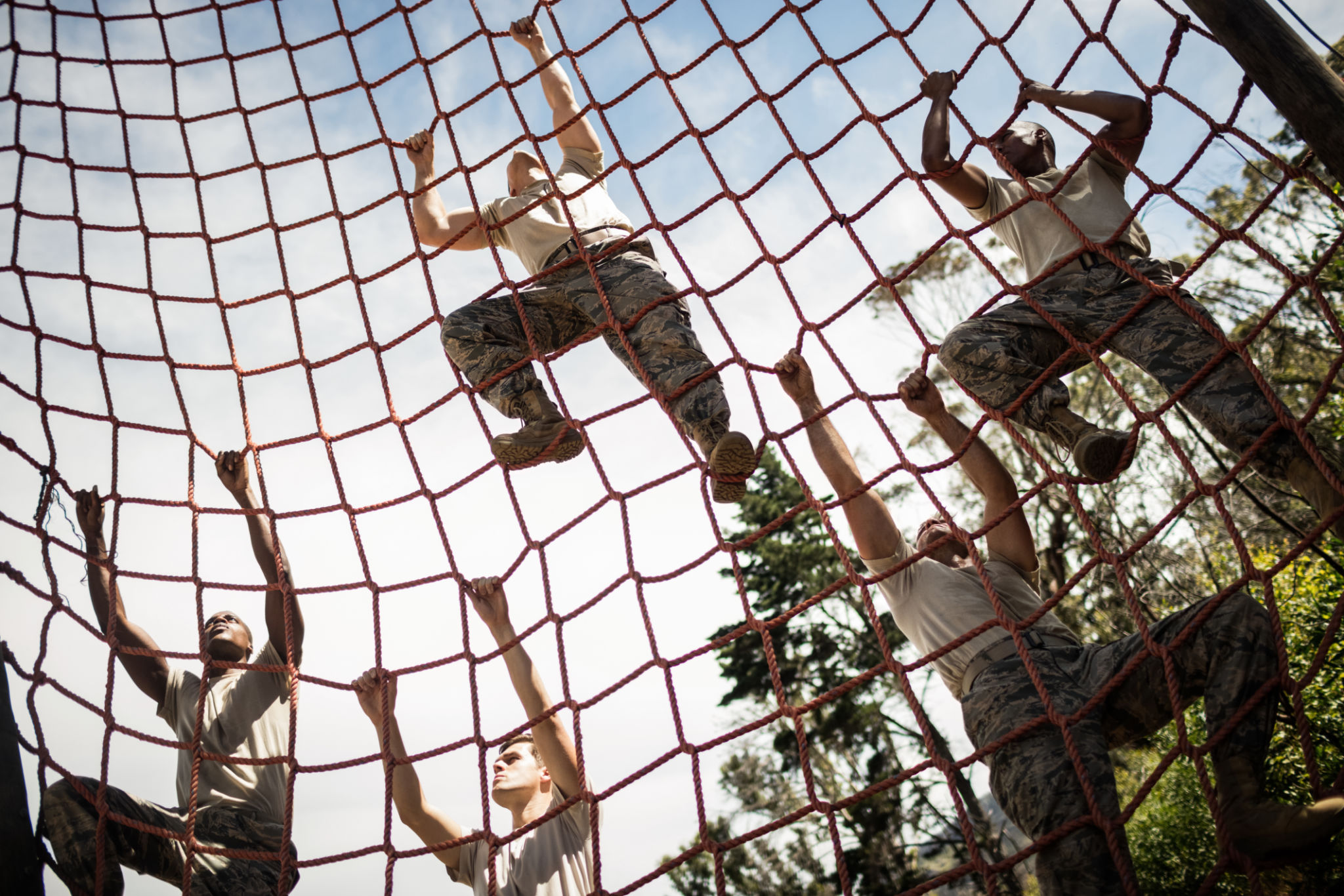Functional Fitness: The Core of Tactical Training Success
IF
Why functional fitness matters
When we talk about functional fitness, we're not just talking about looking good in a gym mirror. We're talking about training your body to actually do what life (and the job) demands from you.
Functional fitness means movements that matter — lifting, crawling, sprinting, climbing, carrying. The kind of training that makes you stronger, faster, and sharper in real-world situations. You're not sitting on a machine isolating a muscle. You're moving with purpose — using your whole body the way it's meant to work.
For tactical athletes — think military, law enforcement, firefighters — this kind of training is a no-brainer. It builds the kind of strength and resilience you actually need on the ground. You’ll move better, react faster, and reduce your risk of injury — because your body’s prepared for whatever’s thrown at it.
This isn’t just fitness. It’s preparation.

Real benefits that carry over
Bringing functional fitness into your training isn't just a trend — it delivers real results where it counts. Here's how it helps:
✅ Better Mobility
You’ll move smoother, faster, and with more control. Whether you're clearing a room or jumping over a barrier, your body’s ready.
✅ Fewer Injuries
Stronger stabilisers and a solid core mean fewer strains and tweaks. You stay in the game longer, and you recover faster.
✅ More Real-World Strength
We're not just chasing numbers here — compound movements give you power that actually transfers to your job and daily life.
Functional fitness doesn’t just make you fit — it makes you capable. It’s the difference between gym strong and field strong.

Key Components of Functional Fitness
To effectively incorporate functional fitness into tactical training, it's essential to focus on several core components:
Core Stability
A strong core is vital for maintaining balance and stability during complex tasks. Core exercises like planks, Russian twists, and medicine ball throws are excellent for developing core strength.
Agility and Coordination
Agility drills such as ladder drills or cone drills improve coordination and the ability to change direction quickly, which is crucial in dynamic settings.

The Future of Tactical Training
Tactical roles aren’t getting easier — they’re getting more demanding and unpredictable. That’s why your training has to evolve too. Functional fitness isn’t just another workout style — it’s a smarter way to train for the real world. It builds the kind of strength, movement, and resilience that transfers directly to the job. At the end of the day, it's about staying sharp, capable, and ready for whatever comes next.

Training like this doesn’t just make you fitter — it makes you better at what you do. When you move better, react faster, and stay injury-free, you perform at your best when it counts. That’s why more and more teams are turning to functional fitness. It’s not a trend — it’s becoming a key part of serious tactical prep, and it’s here to stay.
